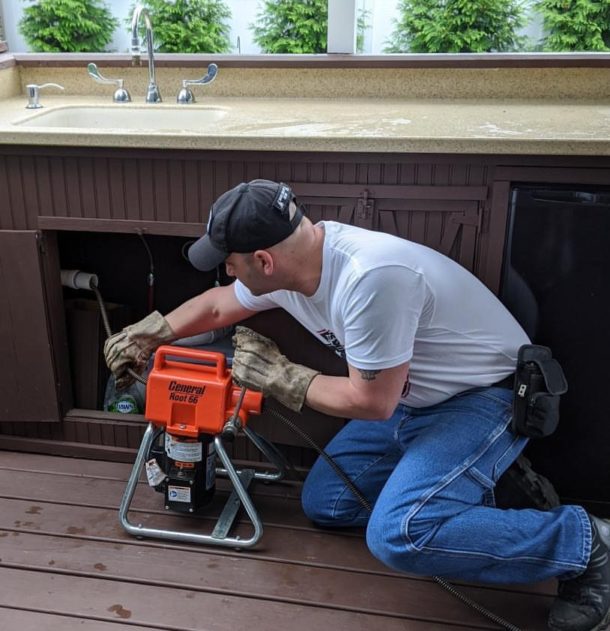Did you know, that around 500 000 US homes still do not have adequate plumbing? This shocking statistic has sent shockwaves through an industry much maligned for being too expensive for ordinary people and has led to a jump in students and apprentices registering for the trade – not a bad thing at all. The more players there are in the field, the more competition will raise standards and force prices down, and hopefully, that will mean that more folks can get the work done that they really need.

So we thought we’d help you jump the gun (at least, a tiny bit), and help you discover what are the essential tools and skills that every aspiring plumber must-have.
First up, what tools should every plumber have – and know how to use?
Well, as your progress through your training and apprenticeship, you’re going to learn all about what you’ll need when, and depending on the discipline you’re pursuing, home-based or commercial, you’ll learn about different requirements and needs. But, as a general rule, you’ll not be worth any salt at all without:
- Pipe wrench
- Basin wrench
- Adjustable wrench
- Faucet key
- Hacksaw
- Tube and plastic pipe cutters
- Plumber’s torch
- Thread sealing tape
- Pliers
- Press fitting systems
- Plungers
- Hand Auger
- Snake Machine
- PPE
- Heat shields/pads
- PEX pipe expander & fittings
- Crimpers
- Stubby screwdriver
- Borescope
- Plumbing business software
- Communication skills
- Patience!
And when you’re really ready to up your game, you’ll be wanting a lathe too.
What skills will you be learning?
Plumbing is so much more than just working with waterpipes and you’ll want to make sure that you’re best placed to capitalize on opportunities when entering the market. So when choosing your school or training facility, you want to make sure that you’ll be learning:
INSTALLATION, TROUBLESHOOTING, AND REPAIR
- installing and repairing piping (for waste, drainage, and venting systems)
- installing and repairing plumbing fixtures (sinks, faucets, toilets, etc.)
- fixing leaking or clogged lines
- connecting appliances that use water (washing machine, dishwasher, etc,)
- installing piping for gas, pneumatic, and air handling systems
THE LATEST TRENDS AND TECHNOLOGY
- hands-free faucets and toilets that use motion technology to turn off and on
- programmable showers that can be set up with personalized lighting, temperature, and sound
- digital leak-monitoring systems that detect leaks fast, and send alerts straight to the client’s cell phone
- greywater recycling systems that take “gently” used water from showers, washing machines, and dishwashers, and recycle it for re-use in the home and garden
BLUEPRINTS & BASIC MATH
Interpreting blueprints correctly is a very savvy skill for all plumbers to learn. Without this, you won’t be able to understand mechanical or architectural drawings which help you correctly install fixtures and appliances. Learning how to do this correctly will also help you sharpen your analytical skills too.
Now, to learn all of this you’ll be wanting to make sure that you find the best possible training facility in order to get the best possible apprenticeship.




Join the conversation: